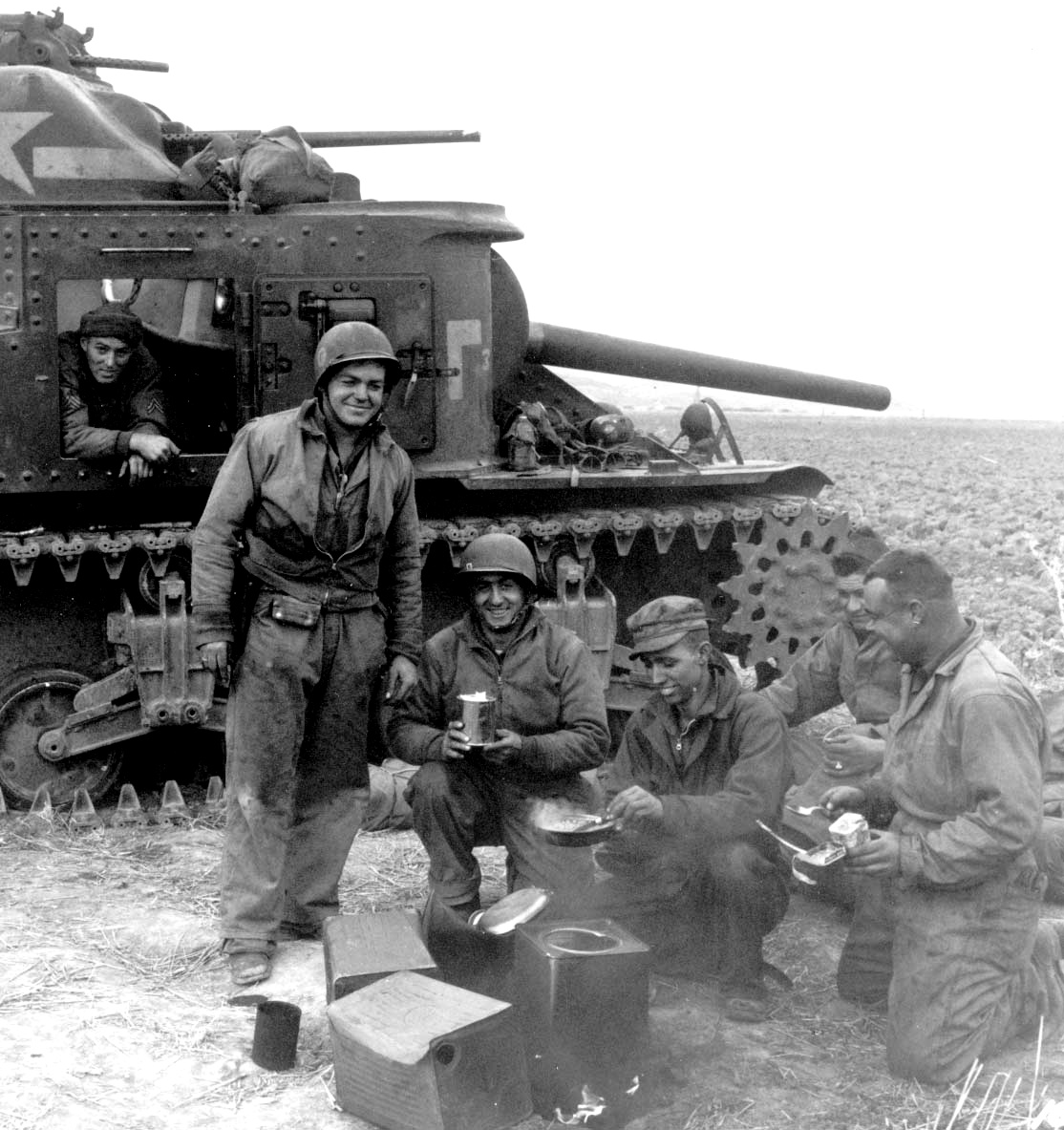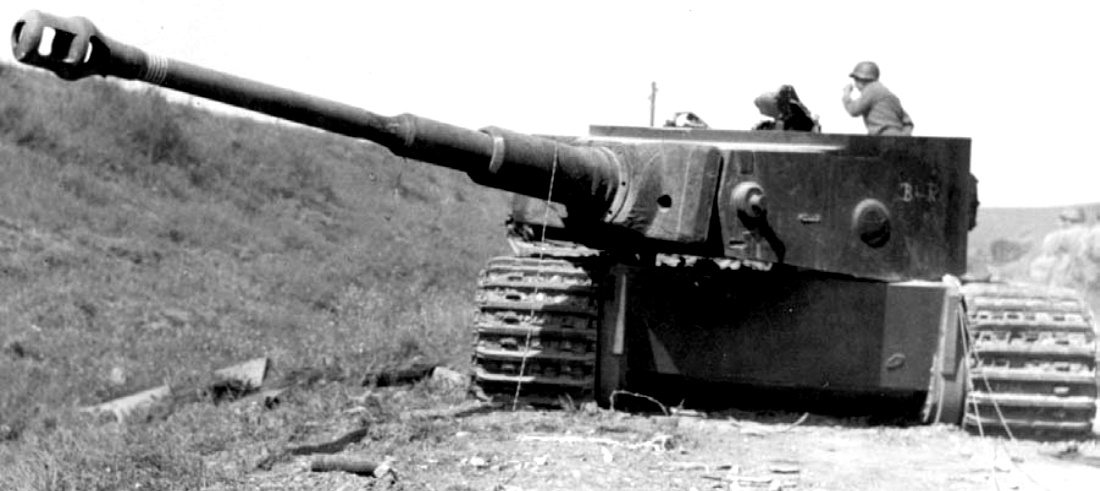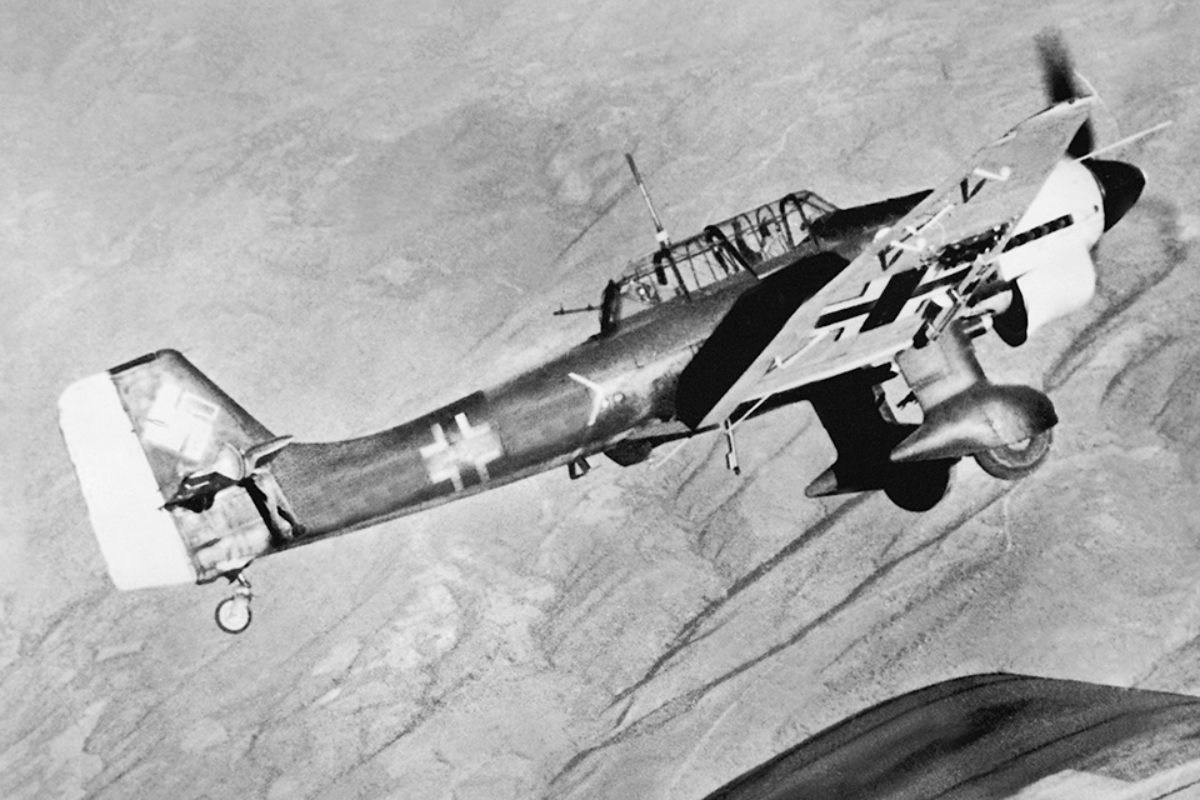Aviation Engineers at Youks-Les-Bains lining up for mess. This Algerian airfield near Tébessa and the Tunisian border was occupied by US paratroopers on Nov 15, 1942. It became operational for P–38 fighter planes (Lockheed Lightnings) shortly afterward. During the first few weeks there were no provisions for landing after dark and on Nov 21, six P–38’s crashed while trying to land in the evening. It was not an improved field and there was no effective air-raid system. The first warning of enemy aircraft was frequently the strafing or bombing itself. When the rains started, operations were drastically reduced by mud.
US Tankers Heating Their C Rations, Spam and beans, over an improvised stove at Souk el Arba, Tunisia. The Souk el Arba area was taken by British paratroopers on Nov 16. When the attempt to advance to Tunis was officially abandoned on Dec 24, both sides started a race to build up strength for the battle to come. The US troops were at first committed piecemeal in different sectors of the line as they arrived from Algeria. Much of the Allied armor was obsolete and none of it was on a par with the best German equipment. (General Grant Tank M-3.)
German MK-VI-1 Tiger Tank. This heavy tank was encountered early in the campaign. The German High Command was particularly concerned with the performance of the Tiger in the defense of Tunis. Its high-velocity 88-MM gun, equipped with a muzzle-brake, could knock out Allied tanks before the latter could get within effective range; and within range, Allied tank guns could not penetrate its frontal armor. The Tiger sacrificed mobility for armor and fire power. To avoid weak bridges, it was equipped with telescopic air intake, exhaust extensions, and over-all sealing that enabled it to cross rivers fifteen feet deep, completely submerged on the bottom. The gun has a traverse of 360 degrees. Top picture is rear view of tank; bottom is front view. (Tiger, Pz., Kpfw., gun 8.8-cm., Kw. K. 36.)
(Above and Below) German Stuka Dive Bombers. These aircraft co-operated closely with ground forces, bombing and strafing ahead of their own advancing columns in addition to roaming behind the lines disrupting traffic and creating confusion. The bombers could operate successfully only where they had air superiority. In the later stages of the Tunisia Campaign, as the Allies gained air superiority, their effectiveness dwindled. The Germans turned a number of these planes over to the Italians. (Dive bomber, German Stuka JU–87.)














